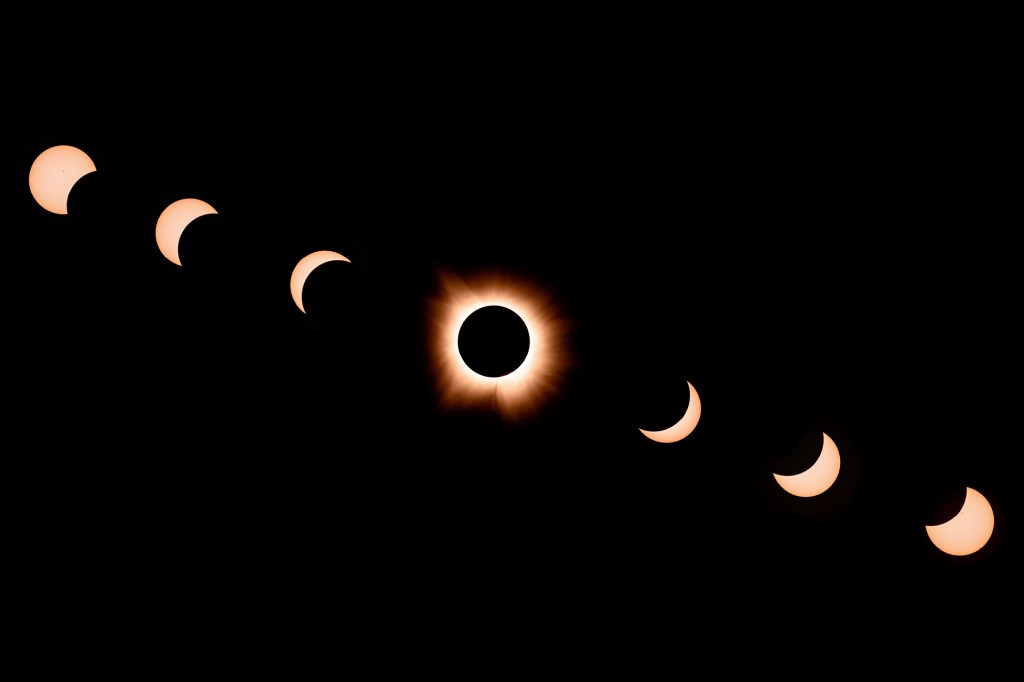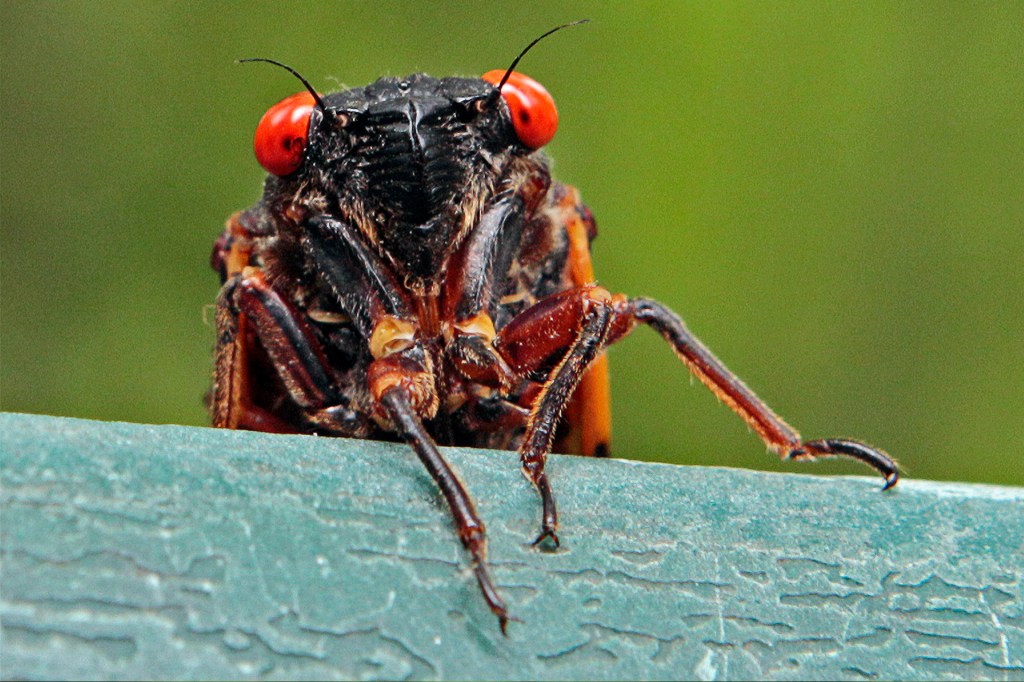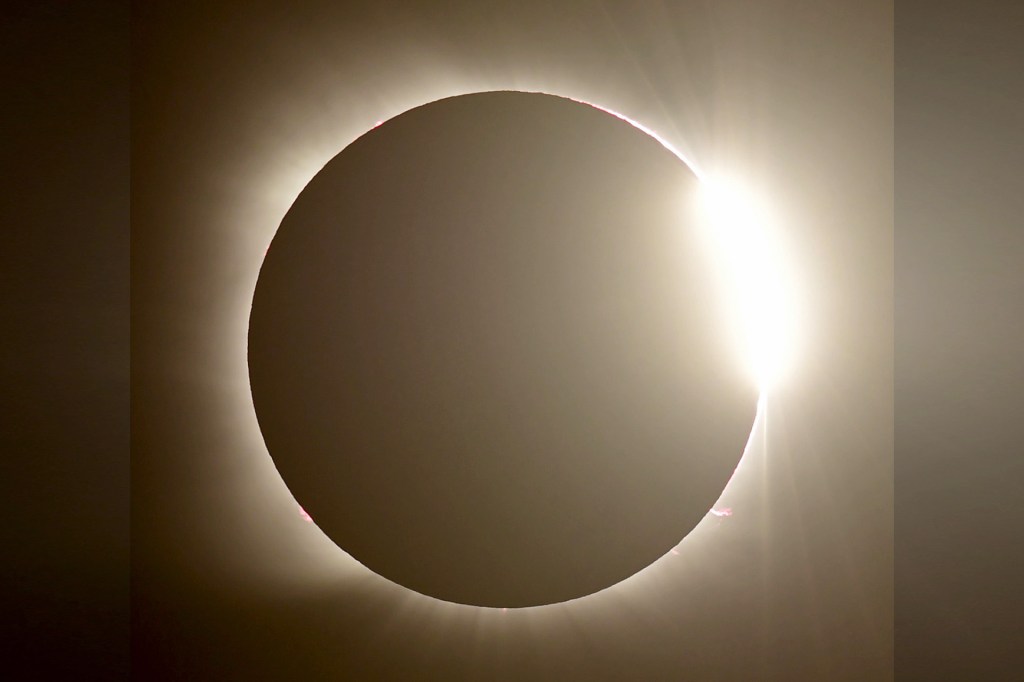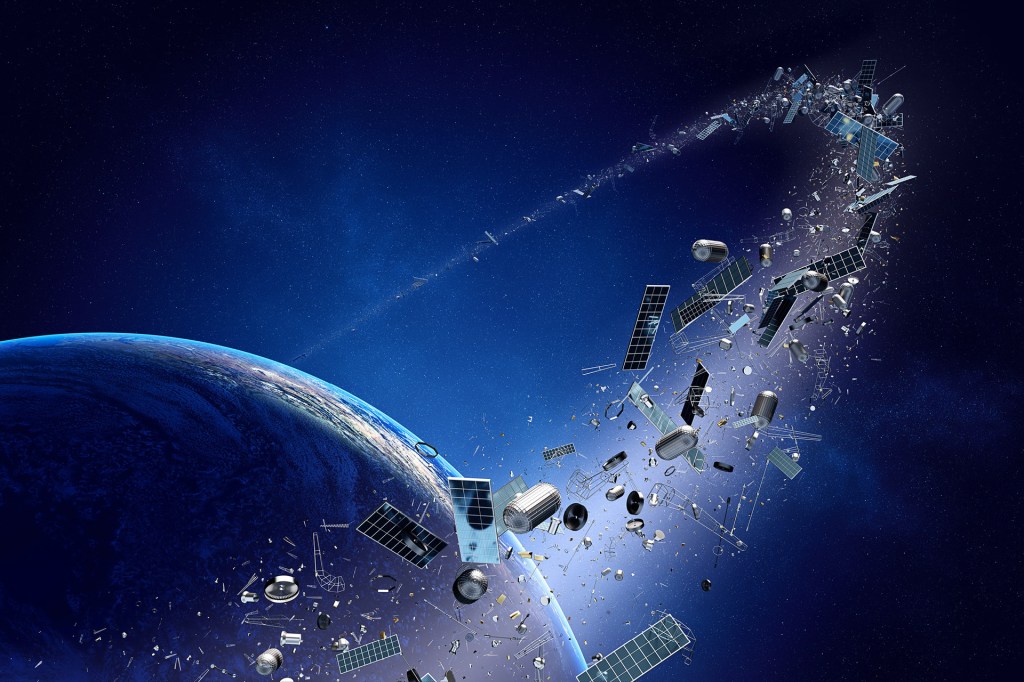
Sixty-six years ago, there was one human-built object in Earth’s orbit: Sputnik, the world’s first satellite. It was launched in October 1957. Try to guess how many human-made objects are circling the planet now. Ready?
The answer is 100 trillion. That’s the number provided by a team of researchers writing in the journal Science. For years, a mass of junk orbiting Earth has been growing. It’s a danger to spacecraft.
The researchers are calling for a global treaty treaty an official agreement between countries or parties (noun) My sister and I made a peace treaty and promised to quit fighting. . It would limit the amount of junk in space. Only a “legally binding treaty,” they say, can “protect Earth’s orbit.”
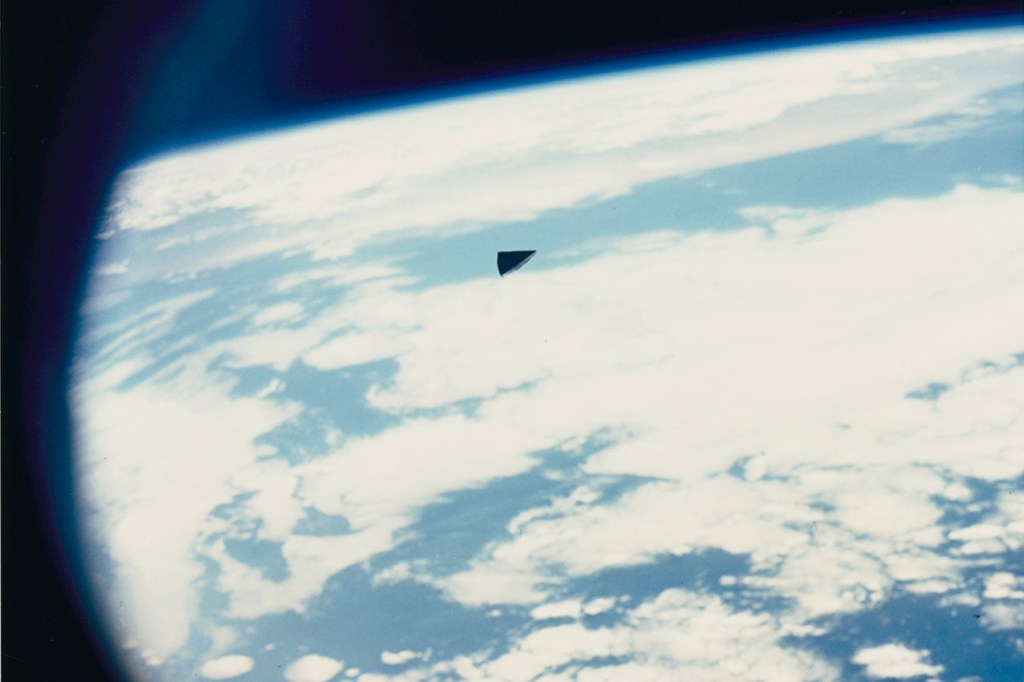
PASSING DANGER A piece of debris sails high over Earth. It was spotted by the Space Shuttle Columbia in 1986.
SPACE FRONTIERS/ARCHIVE PHOTOS/HULTON ARCHIVE/GETTY IMAGESHigh-Speed Danger
There are 9,000 active satellites in orbit, the scientists report. That could grow to more than 60,000 by 2030. The rest of that 100 trillion figure includes all kinds of junk: old booster rockets, bolts, metal flecks, and paint chips.
A tiny piece of debris can travel 17,500 miles per hour in space. The International Space Station is dotted with dents. Astronauts often take shelter in an attached spacecraft to wait out a passing swarm of space debris. If the station is severely damaged, they can bail out in a hurry.

BROKEN PART In 1997, this Russian space station was damaged in a collision with space junk.
NASA/GETTY IMAGESAll of this debris will eventually fall toward Earth. It’ll burn up in the atmosphere. But we’re replacing the junk more quickly than it’s falling.
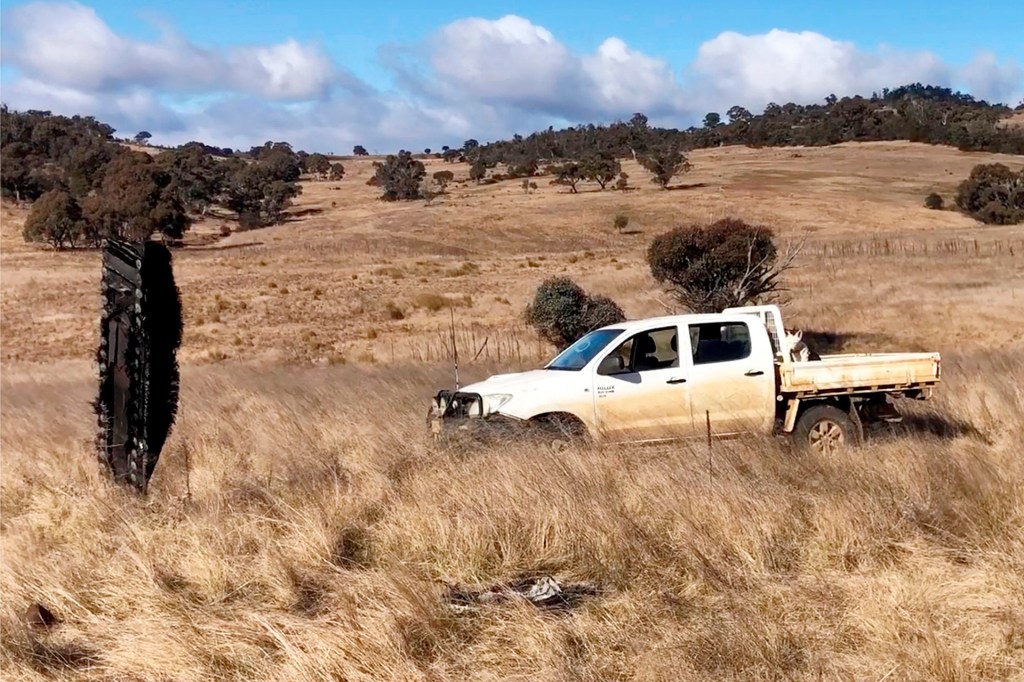
OUT OF THE SKY A hunk of space junk (left) stands in a field in Australia in July 2022. It burned as it fell through Earth’s atmosphere.
BRAD TUCKER—AFP/GETTY IMAGES IMAGESFinding a Fix
We’ve made a mess in space. It’s a lot like the mess we’ve made in the oceans. Think of the Great Pacific Garbage Patch. It’s a mass of floating junk twice the size of Texas. But we’ve had centuries to foul the oceans. It has taken just decades for us to do the same in space.
That’s why the Science authors include experts in ocean plastic pollution. Heather Koldewey is a marine biologist. She works at the Zoological Society of London. She says cleaning up space has a lot in common “with the challenges of tackling environmental issues in the ocean.”
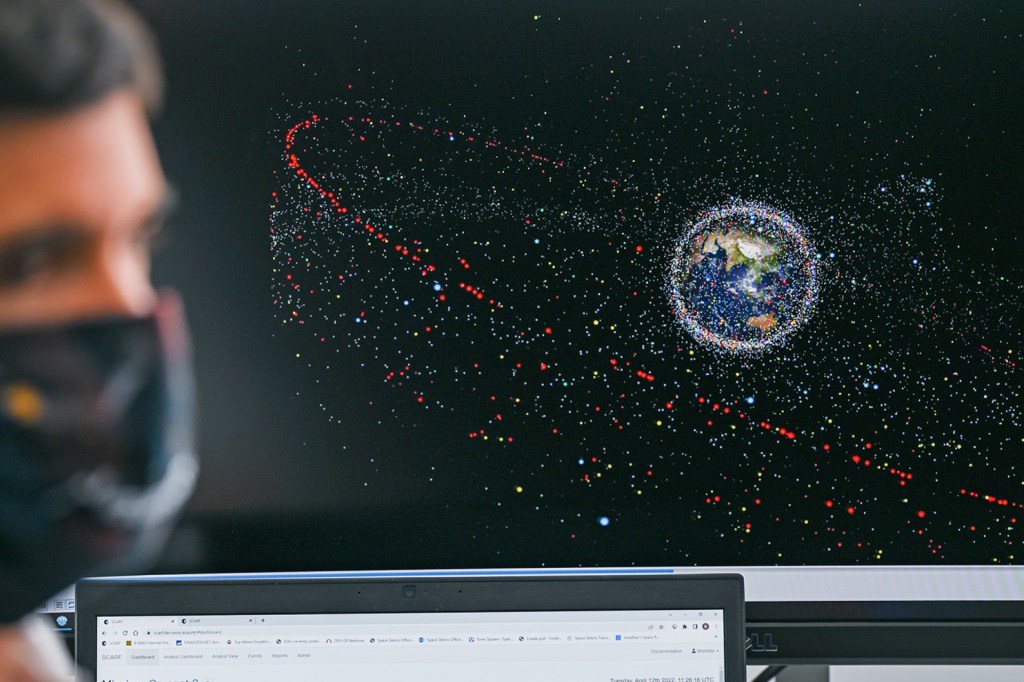
SCREEN SHOT A monitor at the European Space Agency shows debris floating in Earth’s orbit.
ARNE DEDERT—PICTURE ALLIANCE/GETTY IMAGESKoldewey and her coauthors see hope for space. They look to the effort to clean up the oceans. In March 2022, 170 countries signed a global plastics treaty at the United Nations. This was an agreement to dump less plastic in the oceans. There could be similar rules for how much debris a launch can create. Old satellites could be taken out of space. And technologies could be developed for cleaning up the rubbish. (See “Trash Collector.”)
Coauthor Moriba Jah is an aerospace engineering professor. He works at the University of Texas at Austin. “Marine debris and space debris,” he writes, are both a human-made “detriment detriment damage; harm (noun) Nutritionists say eating too much sugar is a detriment to our health. that is avoidable.”
Trash Collector
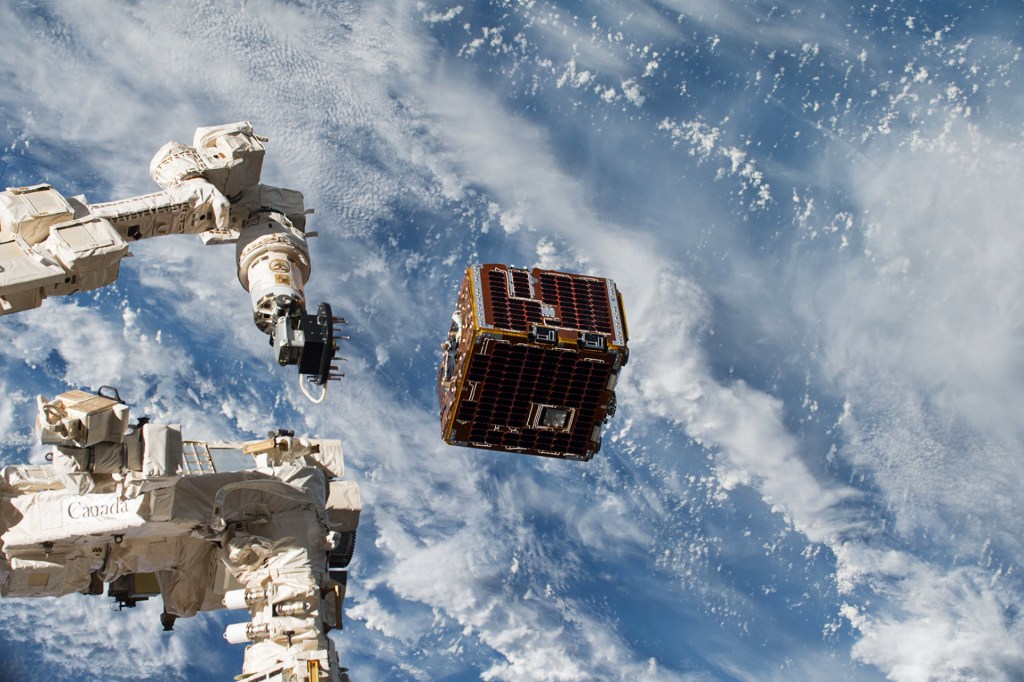
In 2018, scientists on the International Space Station tested the RemoveDebris satellite. In this picture, robotic arms push the device into space. It measures about three feet on each side. It uses a 3D camera. This tracks the location and speed of floating debris. The satellite fires a net to capture the junk. Then the junk falls and burns up in the Earth’s atmosphere.
The test was a success. It might have brought the world a step closer to a safer orbit.




